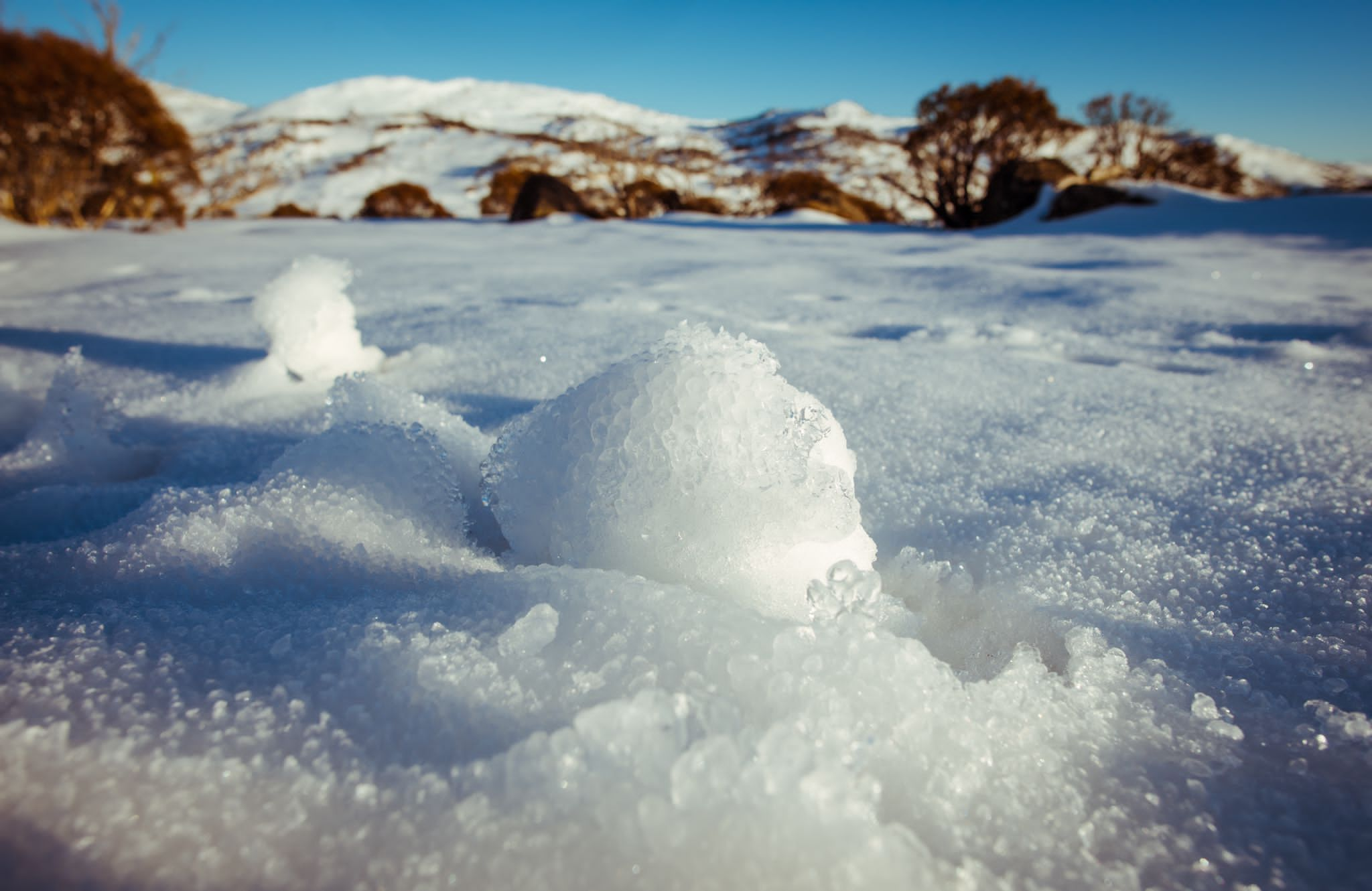Plan Your Winter Escape to Enjoy Snow In Australia with Loved Ones
Plan Your Winter Escape to Enjoy Snow In Australia with Loved Ones
Blog Article
Discover the Remarkable Impacts of Snow in Australia on Local Environments
In spite of its online reputation for sun-soaked landscapes, Australia likewise boasts areas buried by snow-- a phenomenon that greatly influences the country's distinct ecological communities. The insulating homes of snowflakes shield flora and animals in the middle of the chilliest winter seasons, while the melting snow supports rivers and water life. The real marvel lies in exactly how these chilly conditions form the nation's biodiversity and nutrient cycles. As we unravel this elaborate partnership, we discover ourselves stepping on undiscovered premises in Australia's high country.
The Unanticipated Areas of Snowfall in Australia
The high nation regions of New South Wales, Victoria, and Tasmania are specifically understood for their winter season snow. The Snowy Mountains in NSW, for instance, obtain abundant seasonal snow, supplying a stark contrast to the nation's regular hot, arid climate. The visibility of snow in these regions dramatically affects regional ecological communities, consequently affecting the nation's unique biodiversity.

How Snow Impacts Australia's Unique Vegetation
While it might appear uncommon, snowfall in Australia plays an important function in shaping the nation's distinct flora. The snow-filled wintertimes foster strength in Australian plant types. This is especially apparent in the alpine and sub-alpine regions, where snow gum tissues and mountain plum-pines grow. These plants have evolved to survive in severe conditions, with snow acting as a protective blanket from severe winds and freezing temperatures. The snow also adds to the dampness web content of the dirt, supplying needed hydration for plant life during the completely dry summertime. In significance, the snow affects the timing of blooming and seed dispersal, the growth prices, and the survival of several plant varieties, showcasing the detailed interplay in between climate and vegetation in Australia.

The Adaptations of Australian Fauna to Snowfall
Simply as Australia's plants has actually adjusted to the wintery problems, the neighborhood fauna as well, display impressive adjustments to the snowfall. Species like the Mountain Pygmy-possum, the only Australian marsupial known to hibernate, have actually evolved methods to survive in snowy settings. It uses the snow as insulation, hibernating resource in rock gaps underneath the snow to remain warm. The Snow Skink, a species of reptile, alters its colour to white during winter, offering camouflage versus predators. Birds such as the Snowy Hills' Crimson Rosella additionally adjust their diets to take in readily available food sources throughout colder durations. Hence, regardless of the rough conditions, Australian animals demonstrates a resistant and adaptive nature, ensuring their survival in regions experiencing snowfall.
The Role of Snow in Shaping Neighborhood Ecosystems
In forming the local environments, the role of snow in Australia is both extensive and multilayered. It affects the circulation of flora and fauna, mainly defining the biodiversity of alpine and sub-alpine regions. Snow offers an essential water resource, resource feeding rivers additional hints and reservoirs as it melts, hence sustaining a selection of aquatic life types. Furthermore, snow functions as an insulator, protecting ground-dwelling microorganisms from severe cold. In a similar way, it plays a substantial role in dirt formation and nutrient cycling. The periodic freezing and thawing of soil caused by snowfall promotes the malfunction of rocks, enhancing dirt fertility. The existence of snow shapes the vegetation patterns, pet habits, and total sustainability of Australia's one-of-a-kind ecosystems.
The Future of Snowfall in Australia: Ramifications and forecasts

Given the vital duty snow plays in forming regional communities, the future of snowfall in Australia is attracting raising attention from ecologists and scientists. Much less snow might result in lowered water schedule in towering regions, detrimentally influencing wildlife environments and plant life. The tourist industry, greatly reliant on the wintertime snow period, may also encounter significant challenges.
Final Thought
The duty of snow in Australia's ecosystems is essential yet typically ignored. It works as a protector, a nurturer, and a shaper of varied towering species, adding to the richness of Australia's high country. As climatic patterns proceed to change, recognizing the ramifications and prospective improvements of these snow-influenced environments is critical. Therefore, the snow in Australia is greater than a natural phenomenon; it's an important player in the nation's ecological story.
In spite of its track record for sun-soaked landscapes, Australia also flaunts regions blanketed by snow-- a phenomenon that profoundly affects the nation's distinct ecological communities. It uses the snow as insulation, hibernating in rock crevices underneath the snow to stay warm - Does It Snow In Australia.In shaping the neighborhood communities, the function of snow in Australia is both extensive and multilayered. The visibility of snow forms the vegetation patterns, pet habits, and general sustainability of Australia's one-of-a-kind environments
Provided the important function snow plays in shaping local environments, the future of snowfall in Australia is drawing raising focus from researchers and environmentalists.
Report this page